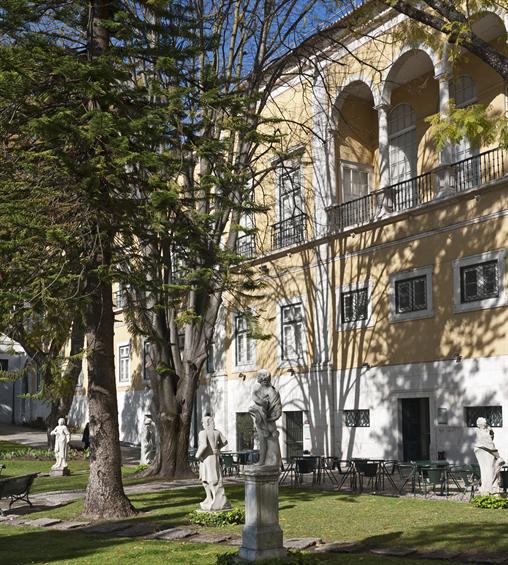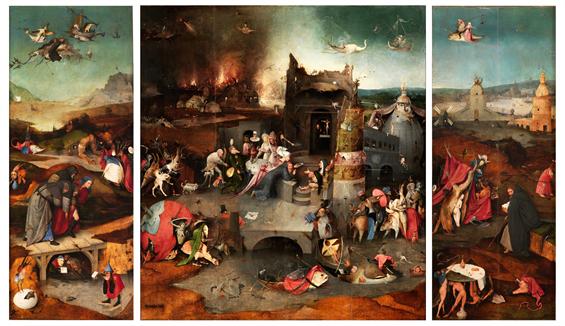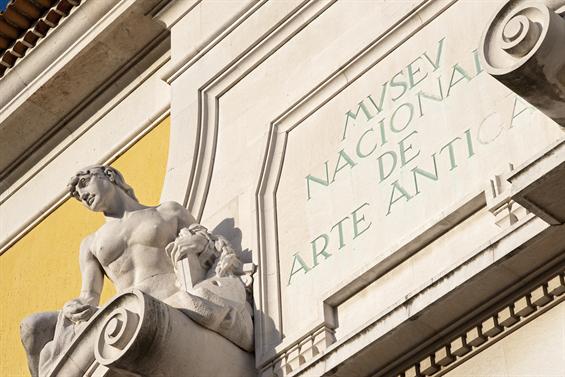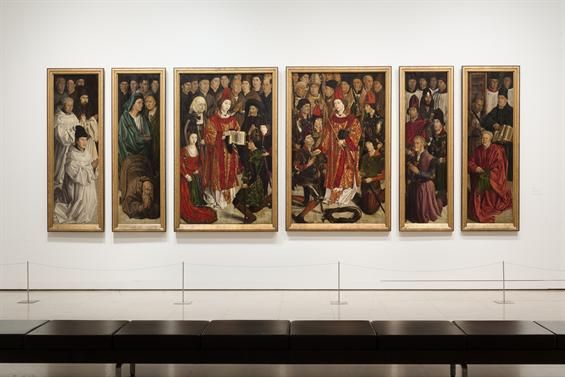Created in 1884, and located in the Alvor Palace for almost 140 years, and more than a century after receiving its current designation, the National Museum of Ancient Art houses the most relevant Portuguese public collection, including paintings, sculpture, jewellery and decorative arts from Europe, Africa and Orient.
Containing more than 40 thousand items, its collection comprises the largest number of works classified by the State as "national treasures". It also, includes, reference works of the world's artistic heritage from several fields. Some of the most remarkable works on display include Os Painéis de São Vicente, by Nuno Gonçalves, a masterpiece of European painting of the fifteenth century, a Custódia de Belém, by Gil Vicente, commissioned by D. Manuel I and dated 1506, the Biombos Namban, from the late sixteenth century, a testimony of the presence of the Portuguese in Japan, As Tentações de Santo Antão, by Bosch, a striking example of Flemish painting of the early sixteenth century, Saint Jerome, by Dürer, an innovative representation of the saint, and important works by Memling, Rafael, Cranach or Piero della Francesca.
Heritage of History (with emphasis on the incorporation of ecclesiastical goods and from royal palaces), the collection of the National Museum of Ancient Art was magnified by generous donations and important purchases, showcasing, through clear and objective, the best that was produced or accumulated in Portugal, in the aforementioned fields, between the Middle Ages and the dawn of contemporaneity.
The National Museum of Ancient Art is an important partner in international museum activity. It is a normal national museum that adheres to good practices defined by international standards. The museum excels in conservation and museography and offers pioneering Educational Services in the country.



